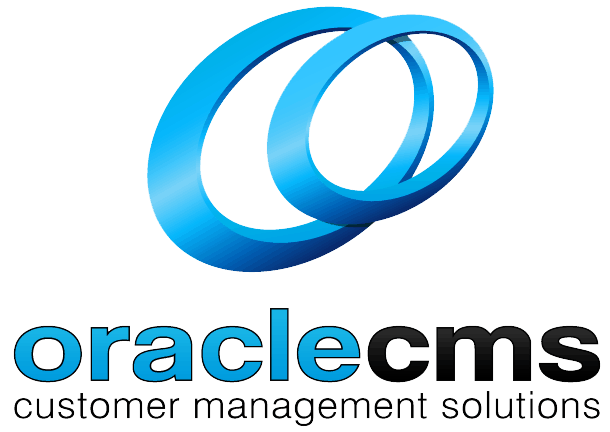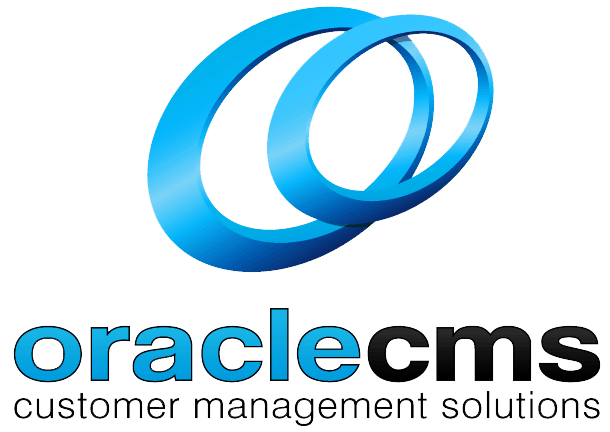What is a Customer Service Strategy?
Customer Service Strategy:
Definition: A customer service strategy is a well-defined and purposeful plan devised by businesses or organizations to enhance customer interactions and experiences. It involves outlining objectives, guidelines, and best practices for delivering outstanding customer service while aligning with the organization’s broader goals and values.
Key Components of a Customer Service Strategy:
- Customer-Centric Focus: At its core, a customer service strategy prioritizes the needs and expectations of customers. It emphasizes building and maintaining positive customer relationships through exceptional service.
- Clear Objectives: The strategy should articulate specific, measurable goals for customer service. These objectives may include improving response times, increasing customer satisfaction scores, or reducing service resolution times.
- Training and Development: A comprehensive plan for training and developing customer service representatives is an integral part of the strategy. This ensures that the staff possesses the skills and knowledge required to provide top-notch service.
- Technology and Tools: The strategy may involve adopting the latest customer service technologies and tools, such as CRM (Customer Relationship Management) systems, chatbots, or knowledge bases, to enhance service efficiency and effectiveness.
- Omnichannel Support: With the growing importance of multiple communication channels, a customer service strategy often includes support for various channels like phone, email, chat, social media, and self-service portals.
- Feedback and Improvement: Continuous improvement is a fundamental principle. Strategies generally encompass feedback collection mechanisms, analysis of customer feedback, and processes for making necessary enhancements.
- Resource Allocation: Effective allocation of resources, including human resources and budgets, is a central aspect. This entails budgeting for customer service, determining staffing requirements, and optimizing resource utilization.
- Crisis Management: Preparing for and effectively handling crises, such as service outages or product recalls, is often integrated into the strategy.
- Alignment with Brand Values: The strategy ensures that all customer interactions align with the organization’s brand values and positioning.
Benefits of a Customer Service Strategy:
- Enhanced Customer Satisfaction: A well-structured strategy leads to higher customer satisfaction and loyalty, resulting in long-term customer relationships.
- Efficient Service Delivery: It streamlines service delivery processes, reducing response times and increasing efficiency.
- Customer Retention: The strategy focuses on retaining existing customers, which can be more cost-effective than acquiring new ones.
- Brand Reputation: A strong customer service strategy reinforces a positive brand reputation and word-of-mouth referrals.
- Competitive Advantage: Exceptional service can differentiate a business in a competitive market, attracting more customers.
- Data-Driven Insights: By collecting and analyzing customer feedback and data, organizations gain valuable insights for further improvement.
Conclusion:
In an era where customer expectations are continually evolving, a robust customer service strategy is indispensable. It not only enables organizations to meet and exceed these expectations but also empowers them to drive customer satisfaction, loyalty, and sustainable business growth.


